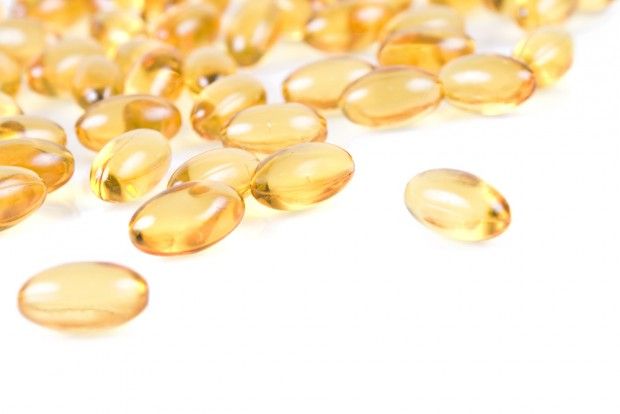Asian Omega-3 Market Poised for Double-Digit Growth through 2017, GOED Reports
Finished products containing EPA and DHA omega-3s posted a worldwide market value of $31.4 billion in 2015, with Asia accounting for 36% of the market, GOED says.
Photo © iStockphoto.com/leventince

Finished products containing EPA and DHA omega-3s posted a worldwide market value of $31.4 billion in 2015, according to a new report published by the Global Organization of EPA and DHA Omega-3s (GOED; Salt Lake City, UT). Asia held the largest portion of that global market last year, and GOED expects the Asian market for omega-3 finished products to experience double-digit growth through 2017.
GOED’s recently published 2015 Finished Products Report, the first GOED has published internally, includes market details on 11 countries and world regions. After Asia, which made up 36% of the global market for finished products containing EPA and DHA omega-3s in 2015, the next largest portions belong to North America (32%) and Europe (26%). Africa/Middle East and Latin America contributed a little more than 2% each, and Australia/New Zealand added another 1.5%.
The report also includes estimated growth forecasts through 2017, including GOED’s expectation of double-digit growth in Asia over that period. Worldwide, the report projects 5% growth through 2017.
Looking at particular omega-3 segments through 2017, GOED anticipates the most growth for infant formula (8% or higher), followed by clinical nutrition (6%) and dietary supplements (less than 5%). The report also includes market information and growth estimates for fortified foods and beverages, pharmaceuticals, and pet foods.
To purchase the report, contact Chris Gearheart at chris@goedomega3.com.
Read more:
EPA versus DHA Omega-3s for Inflammation: New Study Results
Widespread Omega-3 Usage Could Save €12.9 Billion in Annual EU Healthcare Costs, Study Suggests
Omega-3 Drug Granted NCE Marketing Exclusivity
Michael Crane
Associate Editor
Nutritional Outlook Magazine
michael.crane@ubm.com
Prinova acquires Aplinova to further increase its footprint in Latin America
April 7th 2025Prinova has recently announced the acquisition of Brazilian ingredients distributor Aplinova, which is a provider of specialty ingredients for a range of market segments that include food, beverage, supplements, and personal care.










